Val O’Connor of AEV Health and Safety said manufacturers have incorporated different safety features into a chainsaw, but it is up to the farmer to ensure that their tool is working properly.
1. Chain brake
Val first asked people to check that the chain brake mechanism works on their saws. When you use the top of the saw on a piece of wood, it is likely to come up and hit the user in the face – this is known as the kickback motion.
The chain brake prevents the movement of the saw cutting by applying a steel brake band around the clutch. It stops the motion of the saw within the smallest fraction of a second.
Working with Farm Relief Services, Val said that on one in every 10 saws he sees, the chain brake is not functioning.
2. Chain catcher
When you are going to use your saw, make sure that the chain catcher is still attached. It is located at the point where the saw enters the body of the machine. It can wear off or be cut off, but its function prevents the chain from being thrown back.
This is a very important function because the chain moves so quickly at 20m/second once it is warmed up. “If you are cutting into a bit of oak and your grandfather put a staple in it years ago and you cut in and hit the staple and you hit the chain, that chain can take off at 70ft/second and it will go straight for whoever is standing in front of it,” Val said.
3. Vibration
Modern saws give less vibration than their older counterparts because they have more springs and mountings. These parts do wear though, and if you get too much pain coming in the handles, then the mountings need to be replaced.
4. Sharpening
“A blunt saw is an awful lot more dangerous than a sharp saw,” according to Val.
The size of file can be found on the box that the chain comes with. Val recommends that people buy a file guide as well, which shows you which way to file along the teeth. Once you are finished sharpening your teeth, you need a raker file to take out anything sticking out on the rakers to give you fine timber instead of dust.
A lot of accidents happen to people’s feet, so protective boots are also a must. Chainsaw boots and wellingtons have a steel cap toe in them and wadding is also placed along the ankle to protect you from the chainsaw. Val says that he knows several people who have damaged their feet and lost their big toe.
Regardless of the brand, safety products should be CE-marked for compliance with approved standards.



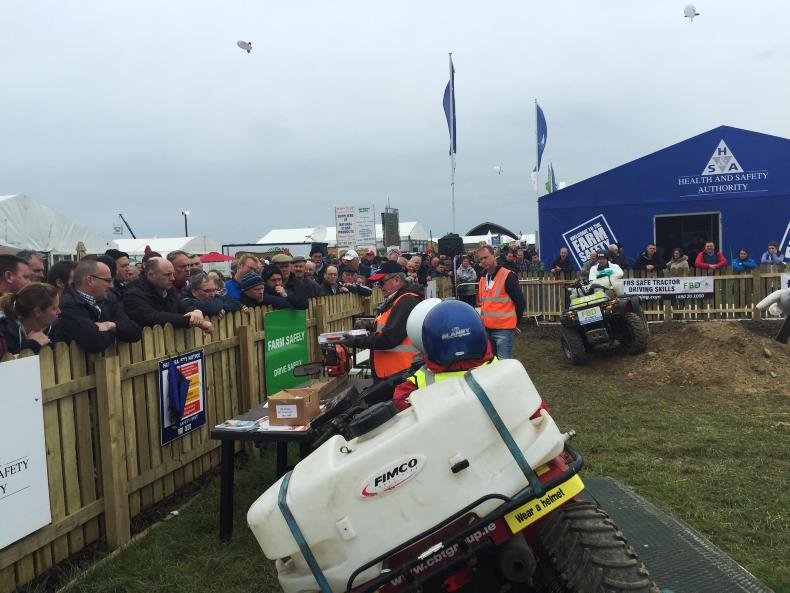


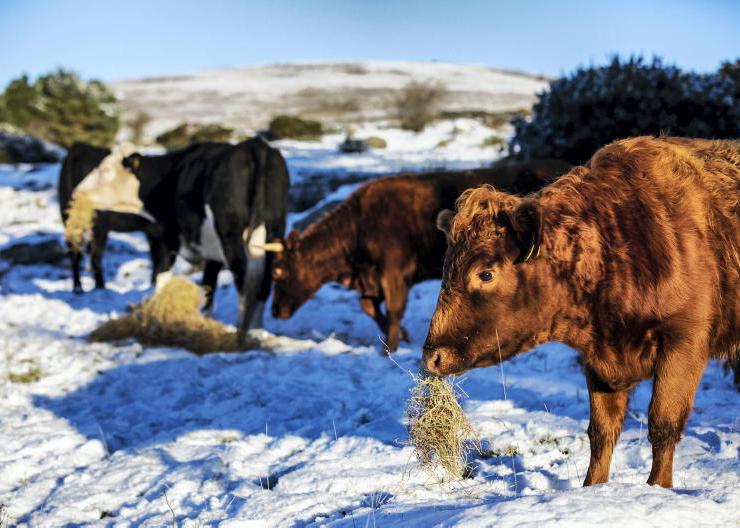

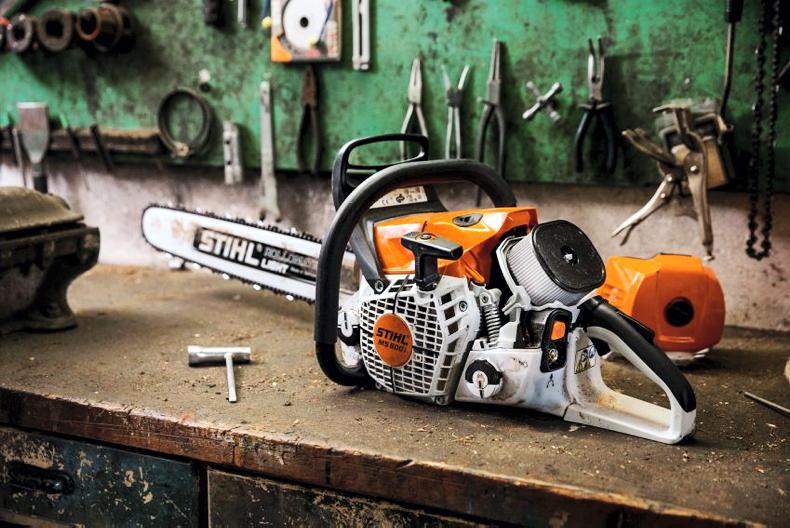
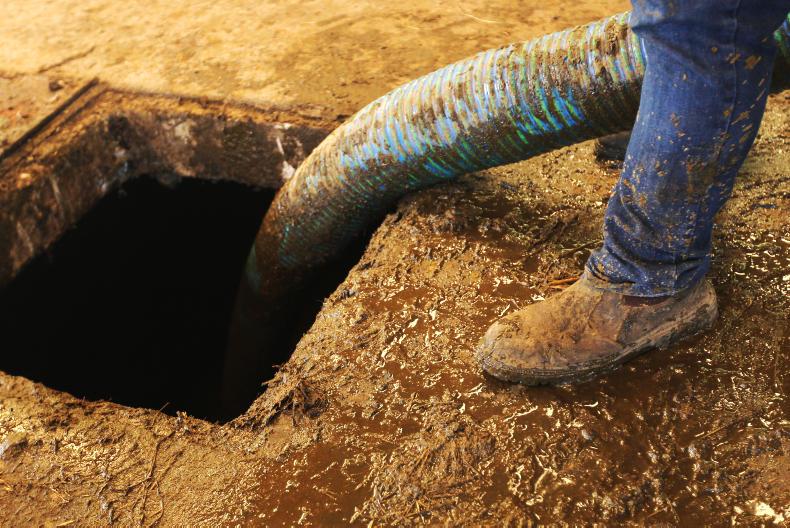
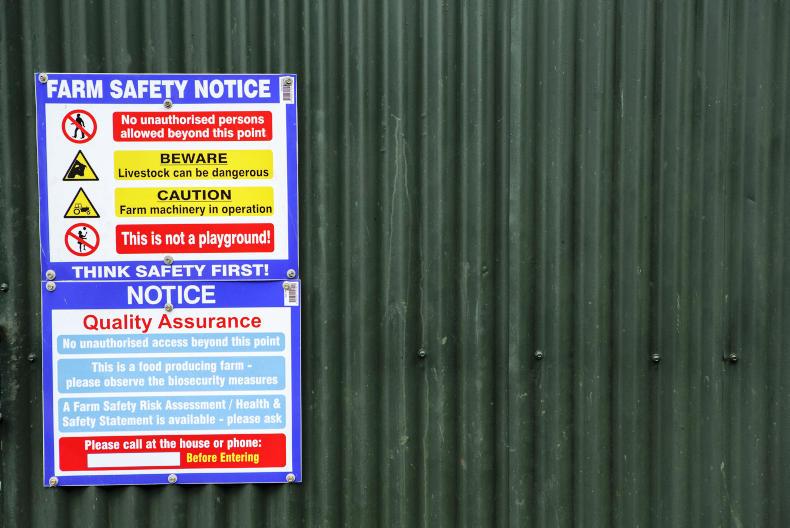
SHARING OPTIONS